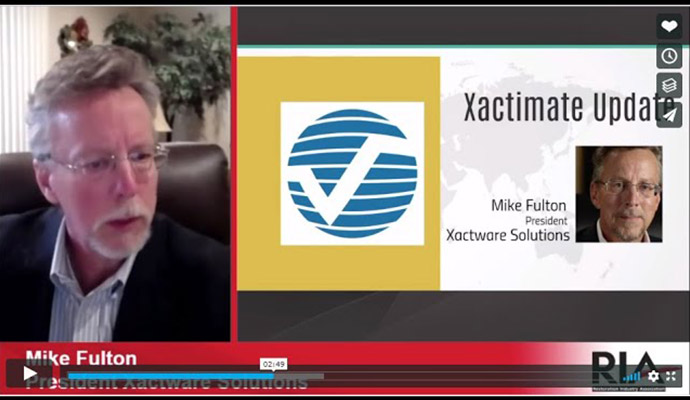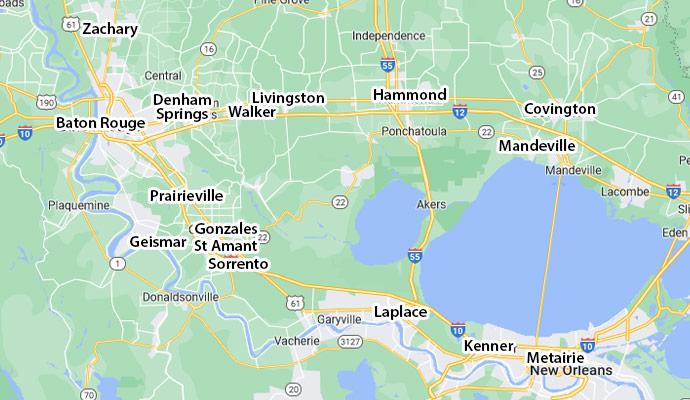Frequently Asked Questions About Mold in Baton Rouge
At United Fire & Water, our IICRC-certified technicians are experts in every stage of the mold removal process, from initial inspection to final remediation. United crews can answer any questions you may have about the process to help you better understand our wide array of mold services, including mold inspection, mold testing, and mold removal. When you want to know more about a mold-related job at your home or office in Baton Rouge, Denham Springs, Zachary, and other cities we serve, call us at 225-401-6568 or click here to schedule an appointment ASAP for mold services! Some Frequently Asked Questions we hear include:
There are only a few molds that can cause infection in healthy humans. Some molds cause infections only in people with compromised immune systems. The biggest health problem from exposure to mold is allergy and asthma in susceptible people. There are more than 100,000 types of mold. Good information has been developed for only a small number of these molds – at least in terms of their effects on human health. Most people tolerate exposure to moderate levels of many different molds without any apparent adverse health effects.
Some molds produce powerful chemicals called “mycotoxins” that can produce illness in animals and people. Scientific knowledge about the health effects of these toxins on humans is quite limited.
Almost all of us already have two effective mold detectors: our eyes and our noses. If a building smells musty, there probably is mold somewhere. If you want to find mold, look for the presence of water or a location where water was likely to have been. If there is still any question about whether the black stuff is mold, have a reliable laboratory examine the material. All you need to know is whether mold is seen when the material is examined under the microscope.
Air sampling for mold should be done either to obtain an answer to a question that cannot be answered without the air sampling or to obtain data as part of a research project.
The answer depends on how much mold is present and where it is located. If the mold is on furnishings or boxes simply discard the materials. Moldy materials are not considered hazardous waste; they can be sent to a regular landfill. However, it is smart to seal the mold material in heavy plastic to protect the people who handle it in transit and prevent spreading large amounts of the mold into the building as you carry the material out of it.
If the mold is on a hard surface but occupies less than 10 square feet wash the area with soapy water (scrubbing with a brush may be necessary), rinse and allow the area to dry before repainting. If you have asthma, severe allergies and a weaken immune system get someone else to do the clean up.
Larger areas (greater than 10 square feet in area) should be cleaned by someone with experience in doing this type of work. Remember, determine what caused the moisture problem and correct that problem. Otherwise, mold is likely to recur.
The answer depends upon what is meant by “completely eliminate mold.” To keep a building completely free of mold spores requires very efficient air filtration and is only accomplished in special situations such as hospital operating rooms and manufacturing “clean rooms.” Remember, mold spores are in the outside air virtually all the time and some of them will get inside buildings.
However, it is possible to keep mold from growing inside a building. Moisture control is the key to controlling mold in interior spaces. Air filtration can contribute to lowering mold spores in the air but is secondary to moisture control.
Environmental Protection Agency
Information on Mold/Moisture/Mildew. Available in HTML and PDF.
Center for Disease Control
Information on Mold. Various topics on mold including information about strains.
New York City Department of Health
















